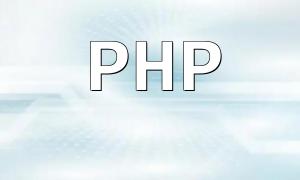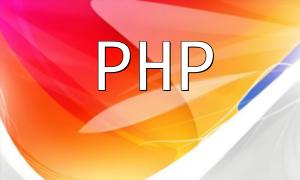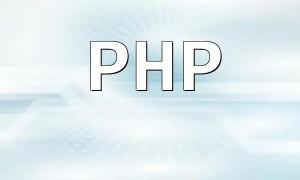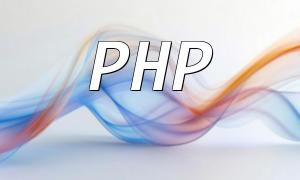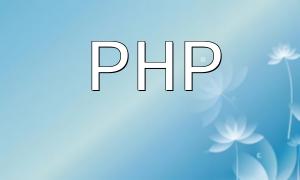In modern web development, images play a crucial role in enhancing page visuals and content. However, unoptimized images can significantly slow down page load times, affecting both user experience and search engine rankings. For PHP developers, mastering image loading optimization is essential.
Image compression is a widely used method to reduce image file size and improve load speed. PHP provides the GD library to perform compression tasks. Below is an example of how to compress a JPEG image using GD:
<?php // Source image path $source_path = '/path/to/source/image.jpg'; // Target image path $target_path = '/path/to/target/image.jpg'; // Open the source image $source_image = imagecreatefromjpeg($source_path); // Get dimensions of the source image $width = imagesx($source_image); $height = imagesy($source_image); // Create a new true color image with the same dimensions $target_image = imagecreatetruecolor($width, $height); // Copy and resample the source image into the target imagecopyresampled($target_image, $source_image, 0, 0, 0, 0, $width, $height, $width, $height); // Save the compressed image imagejpeg($target_image, $target_path); // Free up memory imagedestroy($source_image); imagedestroy($target_image); ?>
This code reduces file size while maintaining image quality, helping your pages load faster.
Lazy loading is an effective technique that defers the loading of images until they're actually needed, reducing initial page load time. Here's a basic implementation:
<?php
// Source image path
$source_path = '/path/to/source/image.jpg';
// Placeholder image path
$placeholder_path = '/path/to/placeholder/image.jpg';
// Alt text
$alt = 'Image';
// Output image placeholder with lazy load attributes (actual <img> tag structure omitted for simplicity)
echo "@@##@@";
?>
<script src="https://cdn.jsdelivr.net/npm/lazyload/lazyload.min.js"></script>
<script>
lazyloadConfig = {
elements_selector: ".lazyload",
callback_reveal: function(element) {
element.src = element.getAttribute('data-original');
}
};
LazyLoad.init(lazyloadConfig);
</script>
By using placeholders and the lazyload library, you ensure that images are only loaded when needed, significantly improving performance.
Streaming images directly via PHP reduces I/O operations and improves server response times. Here's how to do it:
<?php
// Image path
$image_path = '/path/to/image.jpg';
// Get the image MIME type
$mime_type = mime_content_type($image_path);
// Set the appropriate header
header('Content-Type: ' . $mime_type);
// Output the image byte stream
readfile($image_path);
?>
This method is ideal for APIs or image previews where the image needs to be returned directly without referencing a file path in the browser.
Optimizing image loading in PHP is essential for building fast and user-friendly websites. Whether you're compressing images to reduce file size, implementing lazy loading to defer load times, or streaming image data for efficient delivery, these techniques can significantly enhance website performance. Mastering them will make your PHP projects more responsive and resource-efficient.
